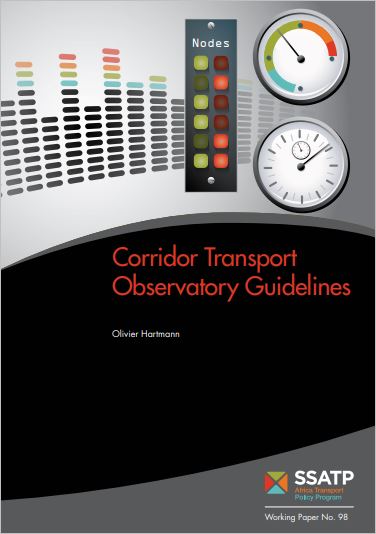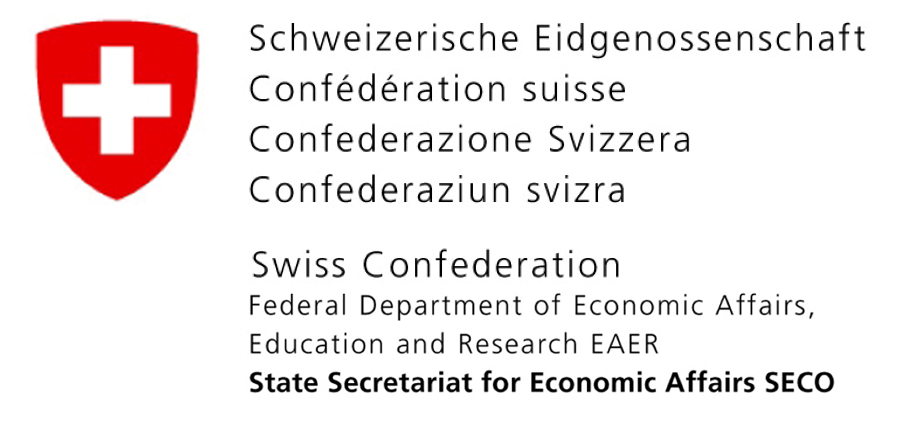Corridor Transport Observatory Guidlines
Olivier Hartmann

Trade and transport corridors are complex entities that have been defined as ‘a coordinated bundle of transport and logistics infrastructure and services that facilitates trade and transport flows between major centers of economic activity’. From a trader’s perspective, corridor efficiency and performance is all about cost, time and predictability associated with the seamless movement of freight along the corridors. In other words, corridor efficiency is all about the multiple dimensions of efficient logistics.
But corridor performance depends on a complex combination of factors involving public and private entities (logistics operators, control and enforcement agencies), as well as ‘hard’ and ‘soft’ components (transport infrastructure and facilities, legal and regulatory environment, procedures and practices). Improving corridor performance requires therefore a good understanding of the obstacles to trade in order to determine the causes for lack of performance and not just the symptoms. Then, once the causes for lack of performance are identified, a one-solution-fits-all approach is rarely applicable to such a level of complexity, and making the right decision requires obtaining precisely the right information made available at the right time.
Corridor Transport Observatories have been conceived to provide that right information, either as a permanent mechanism anchored to corridor management institutions or as an ad hoc expanded diagnosis into selected aspects of corridor performance. The present Guidelines compile, in a well-structured and easy to use package, a series of tools, instruments and methods that take advantage of the wealth of information generated by logistics operations to apprehend the multiple dimensions of corridor performance efficiency. The facilitation programs of the Regional Economic Communities and Corridors under which these guidelines have been developed cover several major African corridors.







